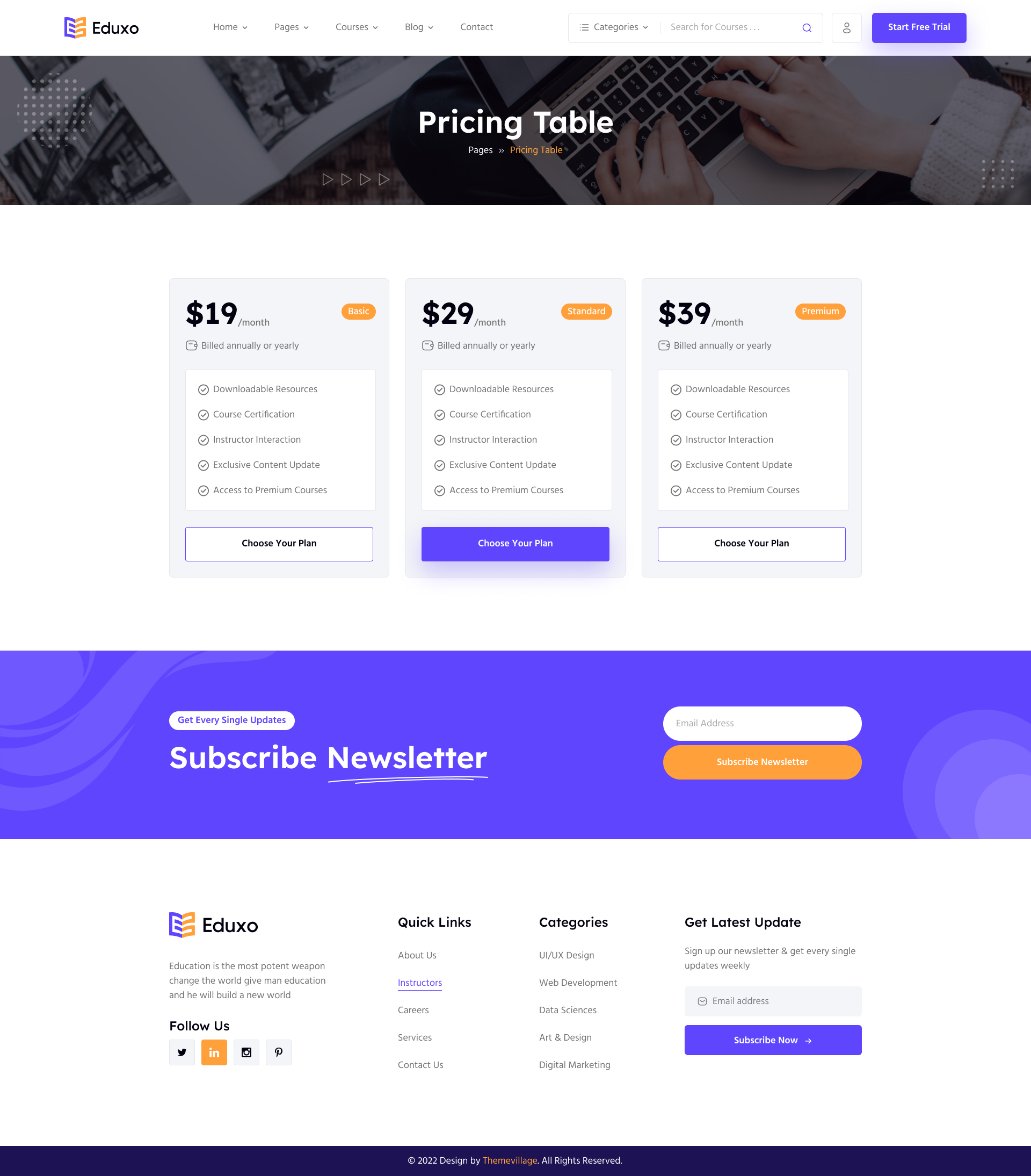Disabilities You Can't See: Understanding Invisible Disabilities
페이지 정보
작성자 Amee O'Sullivan 작성일 24-04-04 08:30 조회 60 댓글 0본문
 Implicit bias refers to unconscious attitudes and stereotypes that affect our perceptions and behaviors towards others. Individuals with invisible disabilities might face implicit bias, leading to assumptions about their talents, reliability, or credibility based on misconceptions about their situation.
Implicit bias refers to unconscious attitudes and stereotypes that affect our perceptions and behaviors towards others. Individuals with invisible disabilities might face implicit bias, leading to assumptions about their talents, reliability, or credibility based on misconceptions about their situation.In Canada, know-how plays an important position in addressing the needs of individuals with invisible disabilities, providing revolutionary solutions to enhance accessibility, independence, and inclusion. From assistive gadgets and functions to digital platforms and wearable technology, technological advancements are reworking the lives of Canadians residing with invisible disabilities. In this article, we'll explore the intersection of expertise and invisible disabilities in Canada, highlighting key initiatives, challenges, and alternatives for selling accessibility and inclusivity.
The analysis of each Raynaud's disease and Raynaud's phenomenon is based on clinical presentation, medical historical past, and bodily examination. Diagnostic exams, similar to nailfold capillaroscopy, blood checks, and imaging research, could also be carried out to rule out underlying causes in circumstances of secondary Raynaud's phenomenon.
Promoting inclusivity and accessibility in all areas of life is crucial for creating environments the place people with invisible disabilities can absolutely take part and thrive. This contains implementing inclusive insurance policies, providing accommodations, and fostering a tradition of acceptance and respect for particular person differences.
Solution:
Communication aids, speech-generating gadgets, and augmentative and different communication (AAC) methods help individuals with speech or language impairments specific themselves and work together with others effectively.
Examples of invisible disabilities embody:
- Chronic pain situations corresponding to fibromyalgia or arthritis
- Mental health disorders like melancholy, anxiety, or PTSD
- Neurological circumstances such as epilepsy or multiple sclerosis
- Autoimmune illnesses like lupus or rheumatoid arthritis
Raising awareness about invisible disabilities and the challenges faced by individuals with these situations is essential for combating discrimination. Education campaigns, workshops, and advocacy efforts might help dispel misconceptions, reduce stigma, and foster empathy and understanding.
Visual aids and magnification gadgets, similar to magnifiers, display screen readers, and braille shows, assist people with visual impairments in accessing printed supplies, digital content material, and electronic devices. These tools enlarge textual content, convert text to speech, and provide tactile feedback, enabling users to read, write, and navigate with greater ease and independence.
Impact:
Assistive expertise fosters inclusion in the workplace, permits people with disabilities to beat obstacles to employment, and promotes equal entry to profession alternatives, contributing to economic independence and social inclusion.
2. What are some common misconceptions about invisible disabilities?
Common misconceptions include the idea that individuals with invisible disabilities are "faking" or exaggerating their symptoms, or that they don't want lodging or help because their incapacity is not seen.
Enforcing legal protections towards discrimination is crucial for holding accountable those who violate the rights of people with invisible disabilities. Anti-discrimination laws, such because the Americans with Disabilities Act (ADA) within the United States and related legislation in other international locations, present recourse for people facing discrimination primarily based on their incapacity.
Educational initiatives and awareness campaigns raise consciousness concerning the importance of accessibility and inclusion in the digital landscape. Workshops, coaching programs, and public consciousness campaigns promote understanding and compliance with accessibility standards, empowering individuals, businesses, and organizations to create extra accessible and inclusive environments.
three. How can assistive technology be integrated into academic settings?
Assistive technology may be integrated into academic settings via the supply of specialised devices, software, and https://Www.petinnate.com/list/index.php?page=user&action=pub_profile&id=173729 assist providers to students with disabilities. Educators, special education professionals, and assistive technology specialists can collaborate to identify and implement acceptable options that improve learning accessibility and participation for college kids with numerous needs.
Assistive expertise performs a pivotal position in enhancing independence, accessibility, and quality of life for people with disabilities. From adaptive units to specialized software, serverhelp.50Webs.com assistive expertise presents a extensive range of instruments and options designed to meet the varied needs of individuals with disabilities. In this text, we'll explore the advantages of assistive technology and its impact on empowering individuals to overcome challenges and thrive in various features of life.
- 이전글 The 10 Most Dismal Renault Megane Replacement Key Card FAILURES Of All Time Could Have Been Prevented
- 다음글 What To Look For In The Renault Clio Replacement Key That's Right For You
댓글목록 0
등록된 댓글이 없습니다.
